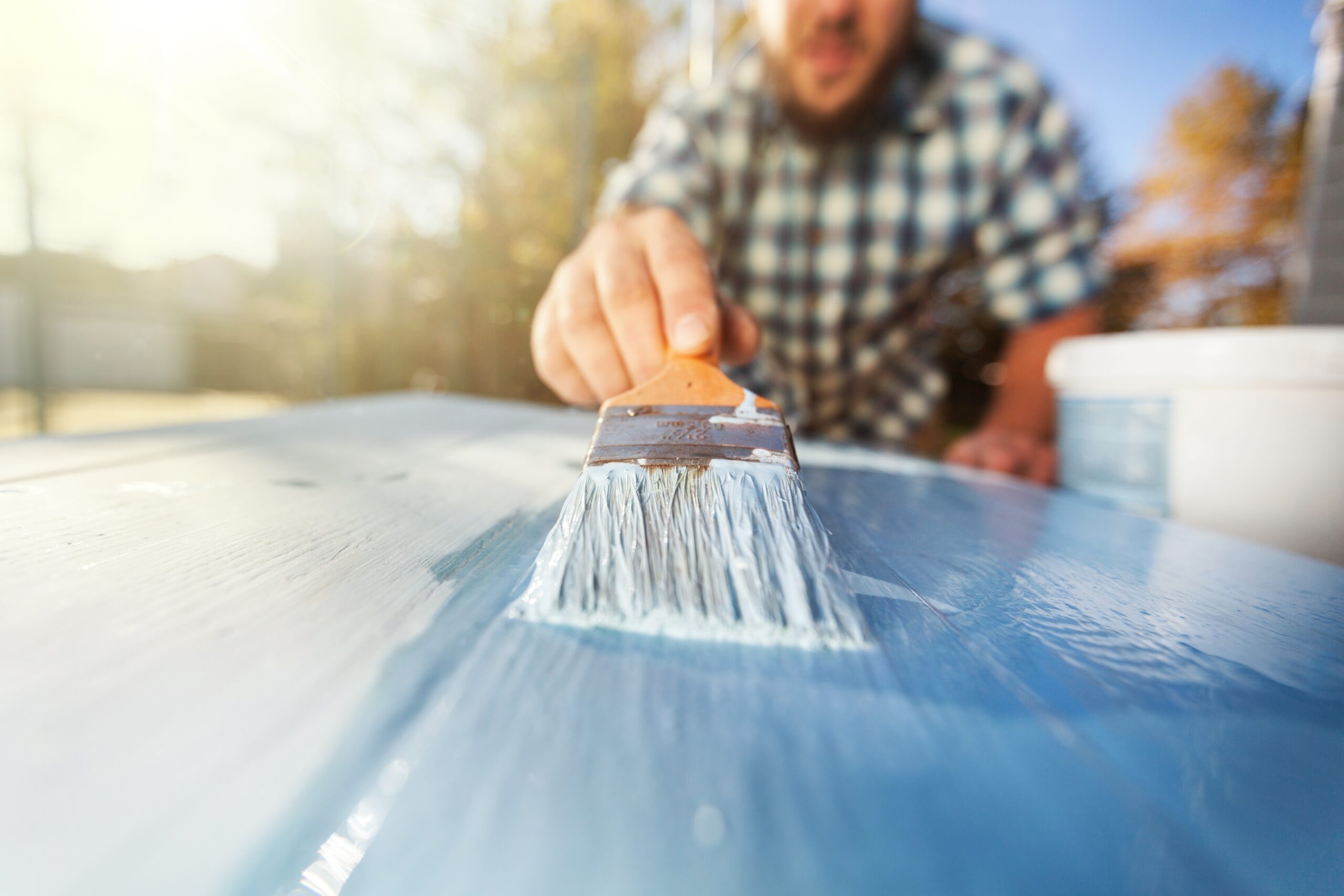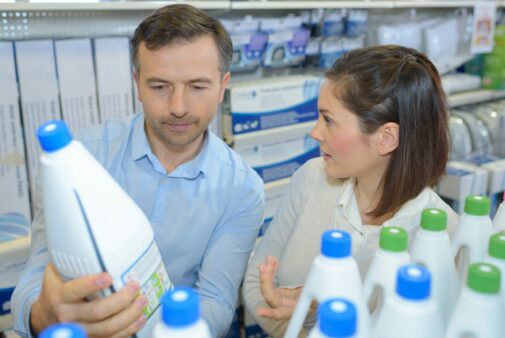Key Points/Overview
One of the main industrial uses of butoxyethanol is as a solvent in protective surface coatings such as spray lacquers, quick-dry lacquers and enamels, and water-based varnishes and latex paints.
Butoxyethanol can help prevent other ingredients in cosmetics and personal care products from separating within the formulation and keep a substance clear even when exposed to extreme temperatures. The Cosmetic Ingredient Review has concluded that butoxyethanol is safe in hair and nail products at concentrations up to 10 percent.
Household cleaning products like glass cleaners, liquid soaps and all-purpose spray-cleaners contain butoxyethanol for its ability to help dissolve substances such as grease and dirt. Safe handling instructions should be followed when using cleaning products containing butoxyethanol.
OSHA has set exposure limits to help protect workers who use butoxyethanol in occupational settings. Butoxyethanol is also regulated under the Clean Air Act, include the National Emission Standards for Hazardous Air Pollutants.
Uses & Benefits
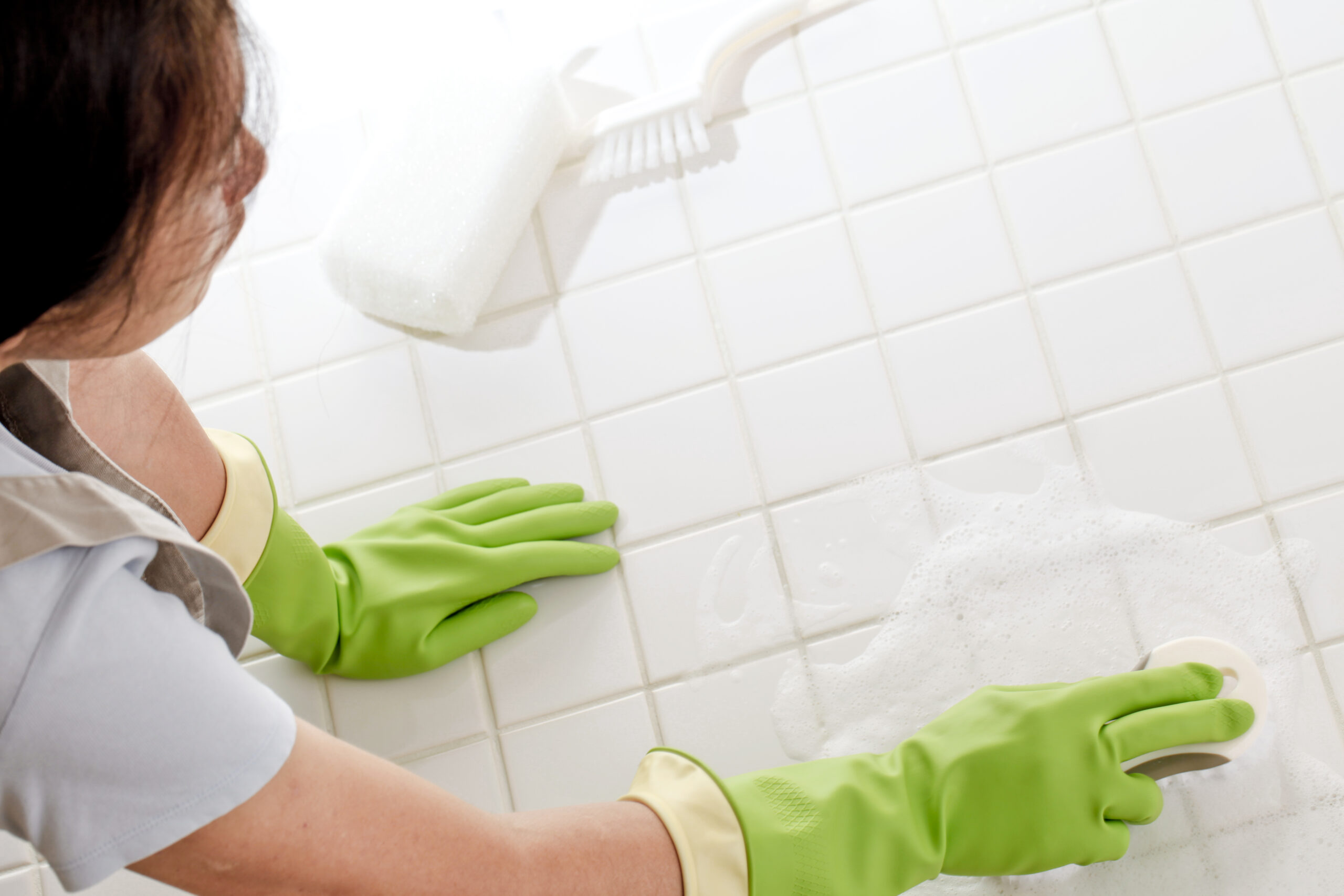
Household Cleaning Products
Common household cleaning products like glass cleaners, liquid soaps and all-purpose spray-cleaners contain butoxyethanol, for its ability to help dissolve substances such as grease and dirt.
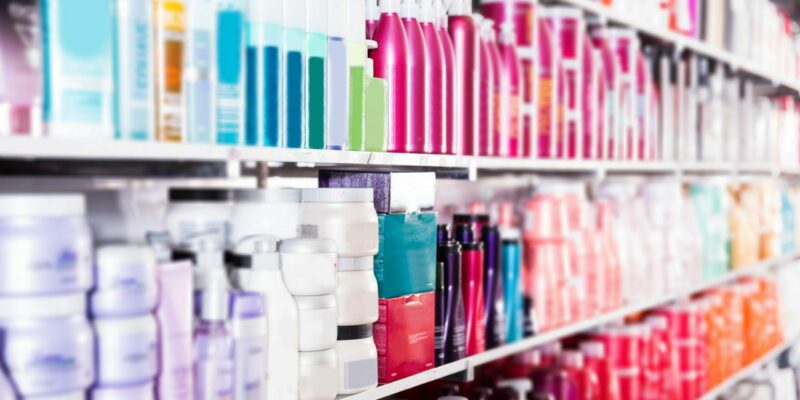
Personal Care Products
Cosmetic products such as hair dyes, nail polishes, nail polish removers and skin cleansers contain butoxyethanol, which can help prevent the other product ingredients from separating within the formulation. Butoxyethanol also can help keep a substance clear—even after a product is exposed to extreme temperatures during shipping or storage.
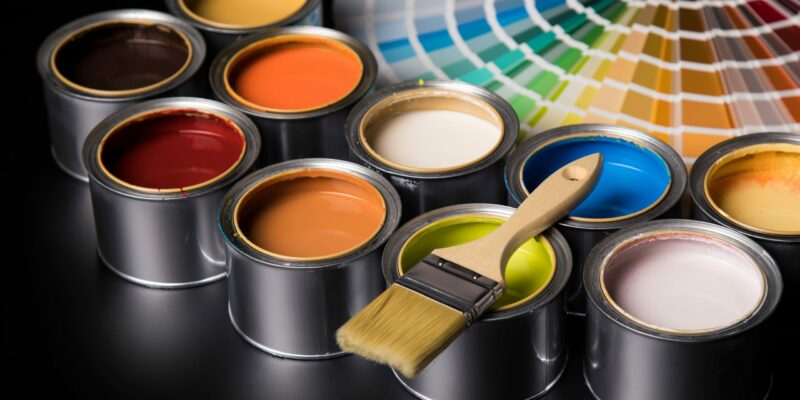
Solvents and Adhesives
One of the main industrial uses of butoxyethanol is as a solvent in protective surface coatings, such as spray lacquers, quick-dry lacquers and enamels, as well as water-based varnishes and latex paints. Butoxyethanol helps decrease the overall thickness of a varnish or paint to help enable smoother application. Butoxyethanol is also an ingredient in adhesives and inks used on food packaging.
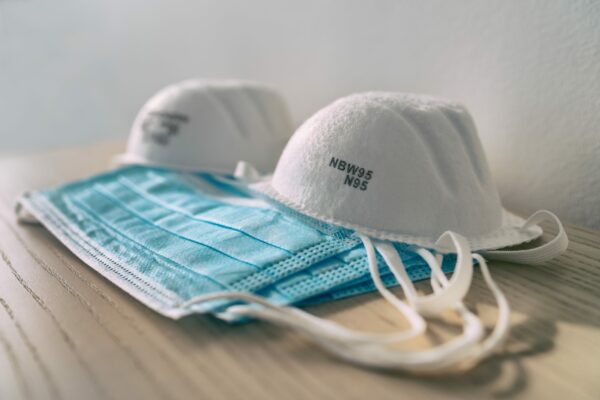
Safety Information
For using cleaning products containing butoxyethanol in the home, follow safe handling instructions included on the label to minimize potential exposure.
The Cosmetic Ingredient Review (CIR), an expert scientific panel sponsored by the Personal Care Products Council has assessed the safety of butoxyethanol in personal care products, concluding that butoxyethanol is safe in hair and nail products at concentrations at low levels (<10%) – per CIR’s recommendation. The CIR found that even at the maximum concentration of 10 percent, water-based butoxyethanol did not cause skin irritation in a patch test involving 201 subjects.
Exposures to butoxyethanol are more likely to occur in the workplace, for example in spray-painting operations or automobile repair shops, rather than in the environment or at home. To help protect workers who use butoxyethanol in occupational settings, the U.S. Occupational Safety and Health Administration (OSHA) has set an exposure limit of 50 parts of 2-butoxyethanol per million parts of air (50 ppm) for an 8-hour workday, 40-hour workweek.
Butoxyethanol is also regulated under the Clean Air Act, including the National Emission Standards for Hazardous Air Pollutants.
According to the U.S. Agency for Toxic Substances & Disease Registry (ATSDR), inappropriately or accidentally swallowing large amounts of cleaning agents containing butoxyethanol can cause harmful effects for people. Those could include breathing problems, low blood pressure, lowered levels of hemoglobin, blood in the urine, and metabolic acidosis (high levels of acid in the body).

